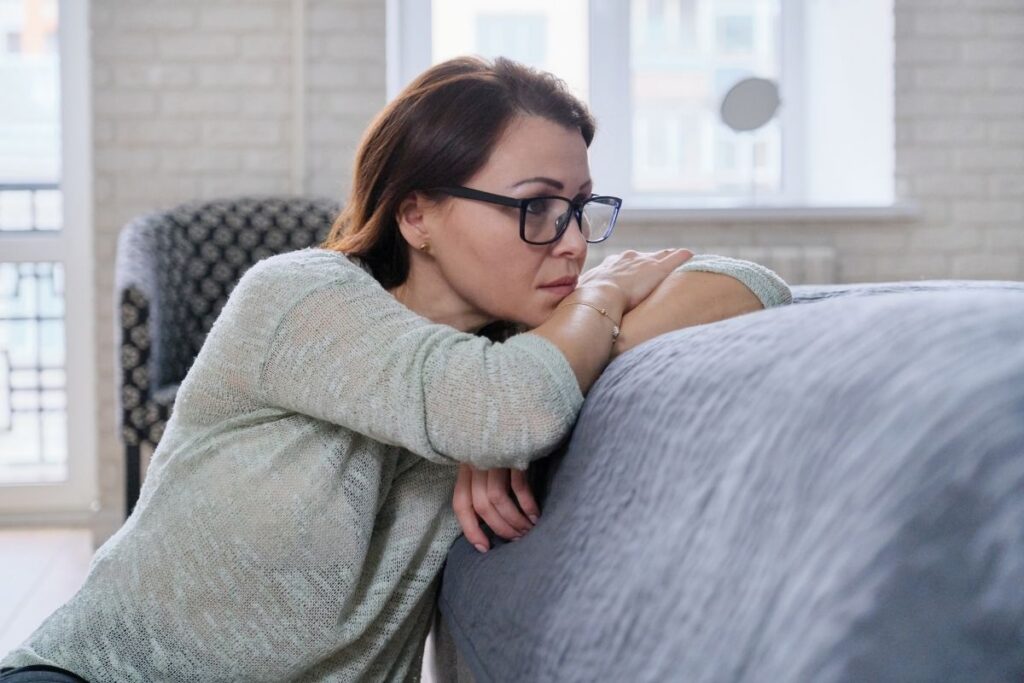Since Covid-19 has taken over daily life, health and social anxiety has been on the rise as we adjust to a new way of living and adapt to our online world. Called, “The Shadow Pandemic”, mental health is being focused on with much more intensity than ever before. The stigma is coming off mental health as anxiety is better understood and spoken about. As we become more accustomed to understanding mental health and one of the most common mental illnesses, Anxiety, it is important to identify what it is, how it can be handled and when to intervene to help others.
The World Health Organization (WHO) has found 1 in 13 people suffer from anxiety globally. They report anxiety disorders are the most common form of mental disorders worldwide with specific phobia, major depressive disorder and social phobia being the most common anxiety disorders.
There is a significant difference between feeling anxious versus having a diagnosable anxiety disorder. Everyday anxiety can manifest itself as rushing around the house and feeling stressed because you’re going to be late for work, or worrying about paying for bills right after you’ve lost your job. Clinical anxiety is when it starts to impact daily functioning to the point where you will no longer do activities due to anxiety; a constant worry that plagues your day, avoiding social interaction for fear of judgement, recurring nightmares or panic attacks.
Anxiety can be triggered from a whole myriad of events; change and adjustment, unhealthy relationships, stress, physical health. The first step in treating your own anxiety is bringing awareness to it. Rather than trying to ignore the feelings, bringing attention to them can create an understanding of what is happening. When we bring curiosity rather than fear to our lived experience, we can better understand our waves of emotion. Using the imagery of waves at the beach, we can sense feelings come in, grow, splash against the shore and then be pulled back out to the ocean. It is important to see ourselves riding the wave, on top of a surfboard rather than being completely engulfed in the wave and helpless to it. Very often these feelings are paired with thoughts and behaviours that are costly. Recognizing the patterns of behaviours of thoughts and having appropriate calming techniques, or even simply awareness allows you to contain the wave rather than it engulfing you.
Unhelpful thought patterns paired with anxiety are catastrophizing, negative bias, black and white thinking. A catastrophizing thought would sound like “I didn’t do well on that report and now my work reputation is ruined. No one will want to hire me again”. Being able to reframe the thought by scanning the environment and taking a wider perspective might sound like “that wasn’t my best work and I’m not proud of that. Next time I will give myself more time so I can have work reviewed by others before I send it off”. Appreciating that there may be negative consequences to the action, but it’s not a negative life.
What is noticed a lot of the time in treatment is how unaware people are of the stressors affecting them, the baseline of stress becomes so askew that some people think they are managing to cope, when in reality their quality of life, relationships and work are suffering. A lot of the time it is much easier to recognize the anxiety in others than it is in ourselves. Now by no means is this to suggest that one should stage an intervention for someone else before addressing their own mental health, but rather to use others as an opportunity to reflect (and address) yourself. However, if you see someone who is suffering, reaching out in a kind and helpful manner can be exactly what that friend needs. Being mindful of how you approach the conversation is key and emphasizing your concern for their well-being.




